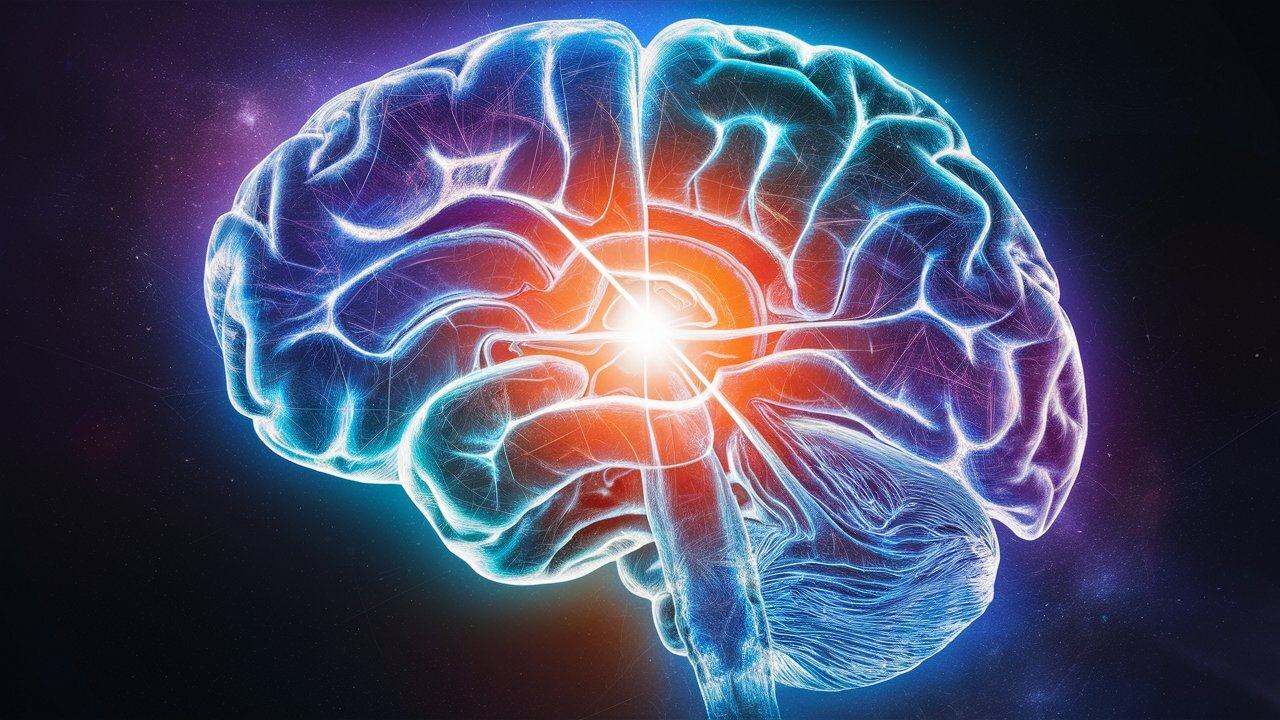Spinal cord stimulation is used in patients with untreatable pain. It involves placing electrodes on the spine to suppress pain with electrical impulses. But the procedure does not help everyone, and its effectiveness was difficult to determine in advance.
The study found that the activity of two key brain networks (the ‘passive mode network’ and the ‘salience network’) may serve as biomarkers of therapy success. Scientists found that weaker connections between these networks before the procedure were associated with better treatment outcomes.
To confirm the hypothesis, brain scans were performed on 29 patients with chronic pain. The study results were published in the British Journal of Anesthesia.
The method involves a 10-minute brain scan at rest, which significantly reduces the patient’s burden compared to traditional therapy testing time. Additionally, questionnaires and clinical indices can be used to improve the accuracy of prognosis.
Scientists are confident that this technology will be an important step towards personalized medicine, where functional brain imaging will help choose the most appropriate treatment for each patient. The team is currently continuing to examine the effects of different stimulation patterns on brain activity.
Source: Ferra
I am a professional journalist and content creator with extensive experience writing for news websites. I currently work as an author at Gadget Onus, where I specialize in covering hot news topics. My written pieces have been published on some of the biggest media outlets around the world, including The Guardian and BBC News.











